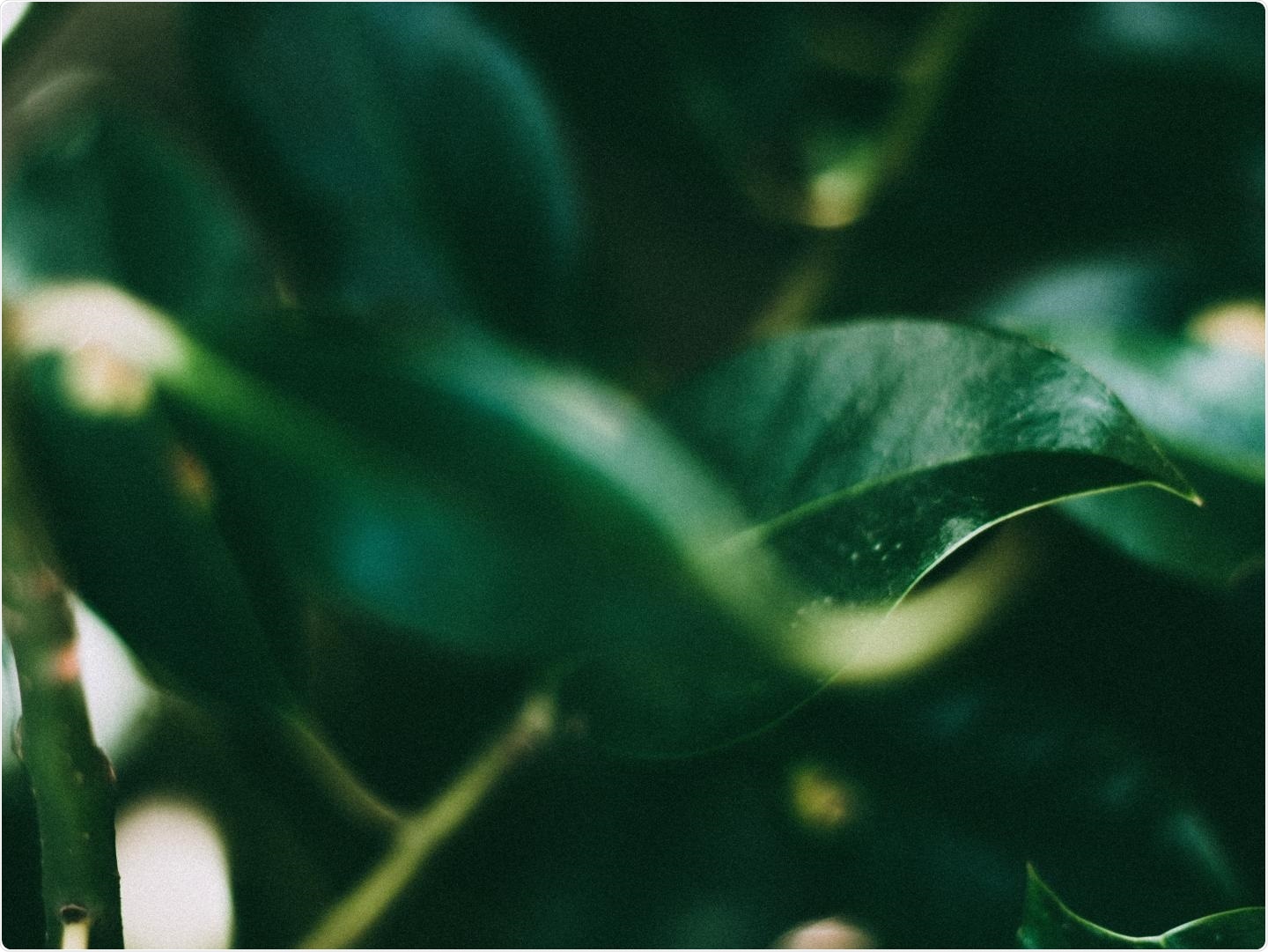Scientists have figured out how plants can coexist in dark, shady environments. Plants extend to try to outgrow the competition when they are exposed to moderate shade or even the threat of shade, as detected by phytochrome photoreceptors.

How do plants prevent elongated growth under deep shade conditions? The secret lies in their internal clocks. Image Credit: Pexels.
This method, however, fails under the intense gloom of a dense forest or a restricted crop canopy, when resources for photosynthesis are scarce. Elongate stems would be a waste of energy and detrimental to survival in these conditions, as seedlings would never be able to outgrow their larger neighbors.
So, how do plants avoid elongated growth when they’re under deep shade? According to a study collaboration between the John Innes Centre and the University of Bristol, the secret is in their internal clocks.
They observed that when plants detect intense darkness, the expression of genes in specific regions of the circadian clock, which is found in plants and other creatures, alters. These clock components also suppress stem elongation, preventing neighbor over-topping that occurs in mild shade.
The study uncovers a previously unknown role for the circadian clock in plant development, with ramifications for both natural plant populations and crops, according to the researchers.
The discovery has implications for natural plant populations since the researchers discovered a new pathway that regulates the development of plants thriving in summer temperate woodlands and tropical rainforests.
The findings uncover processes that may be regulated to allow crops to be grown more densely or to control their height. Crops are frequently cultivated in dense stands, which means that the plants shadow each other.
The biological clock of plants is a key regulator of their development and fitness. This work sheds new light on a new role for circadian rhythms in adapting plants to competition with other plants in their environments.”
Antony Dodd, Professor, John Innes Centre
“The majority of plant shade avoidance research focuses on early neighbor detection and moderate shading. This work reveals new insights into how plants adapt to very deep shade, where resources are severely limited,” said Kerry Franklin, Professor of the University of Bristol.
The work provides evidence for the circadian clock’s robustness and stability in stressful circumstances, which could be important in the development of new crop generations in a harsh climate.
Source:
Journal reference:
Fraser, D. P., et al. (2021) Phytochrome A elevates plant circadian-clock components to suppress shade avoidance in deep-canopy shade. Proceedings of the National Academy of Sciences. doi.org/10.1073/pnas.2108176118.